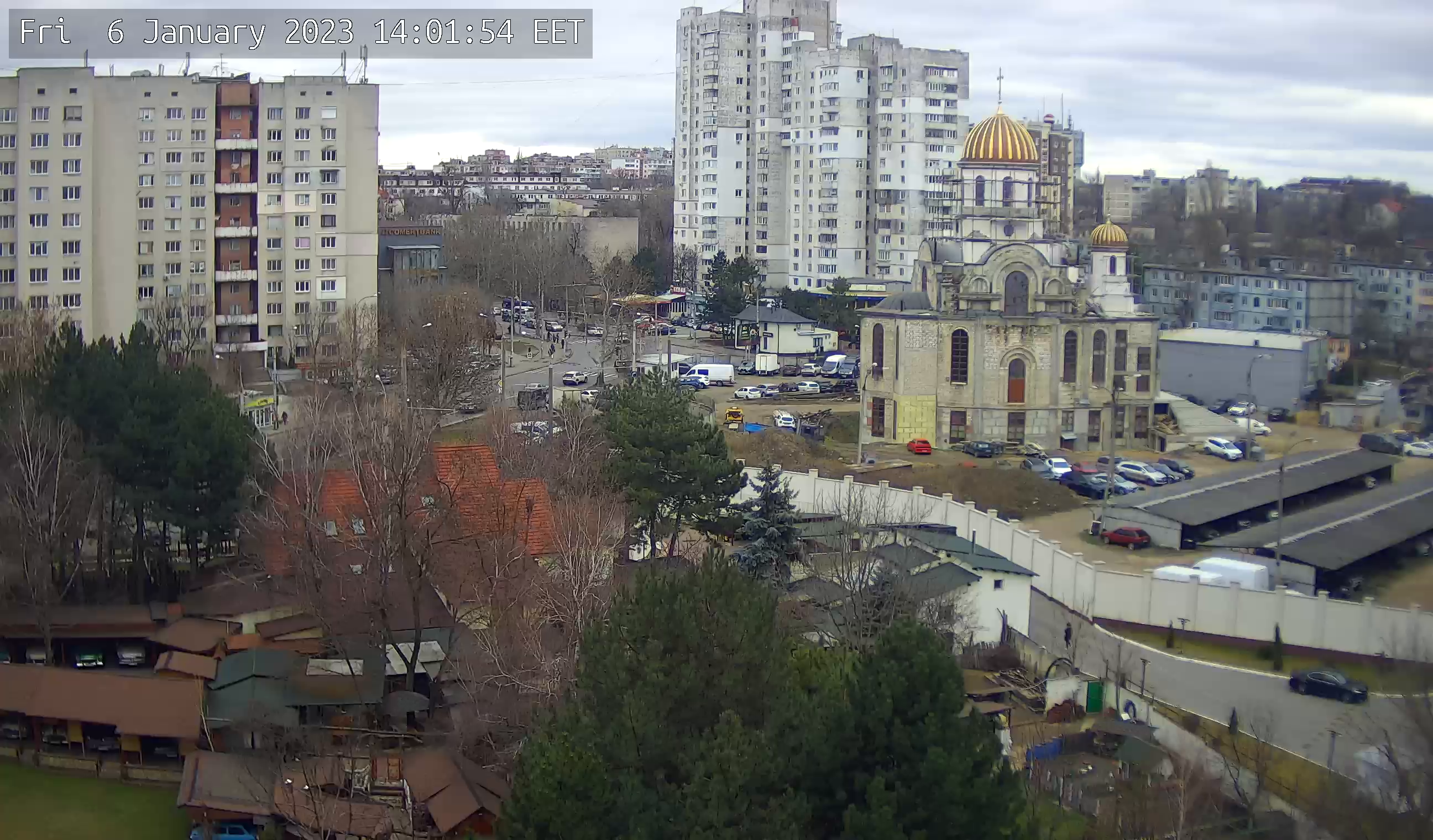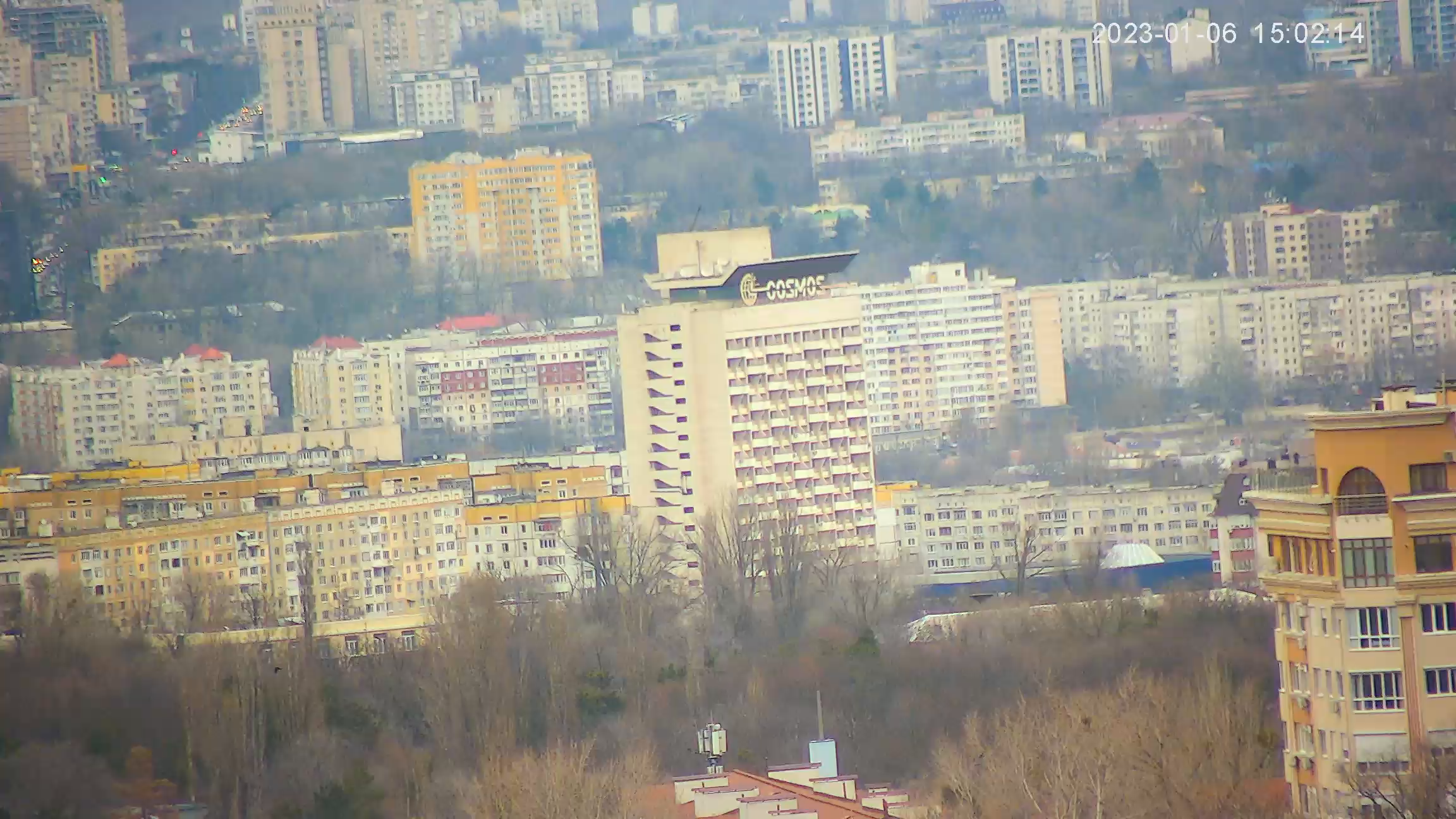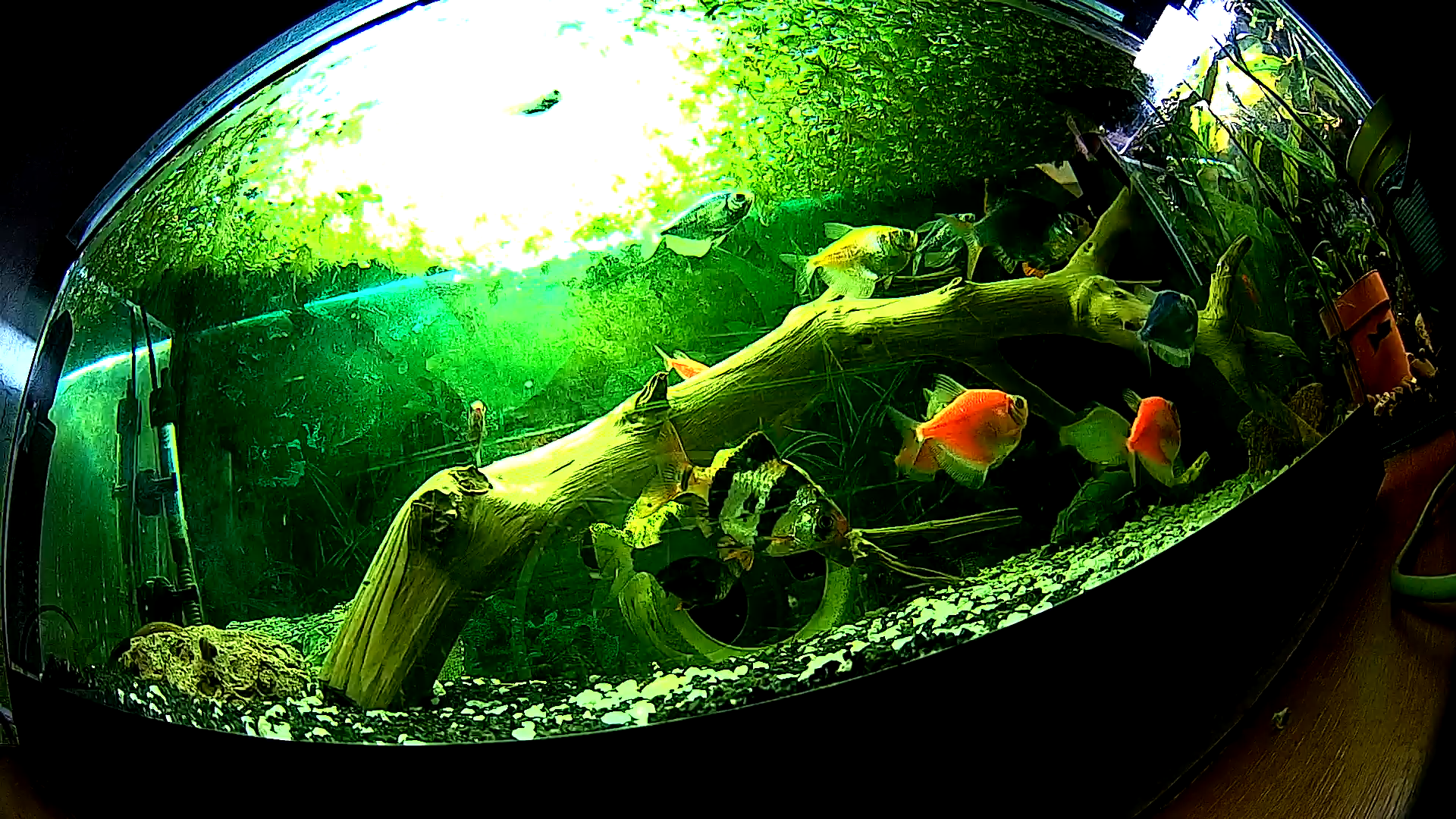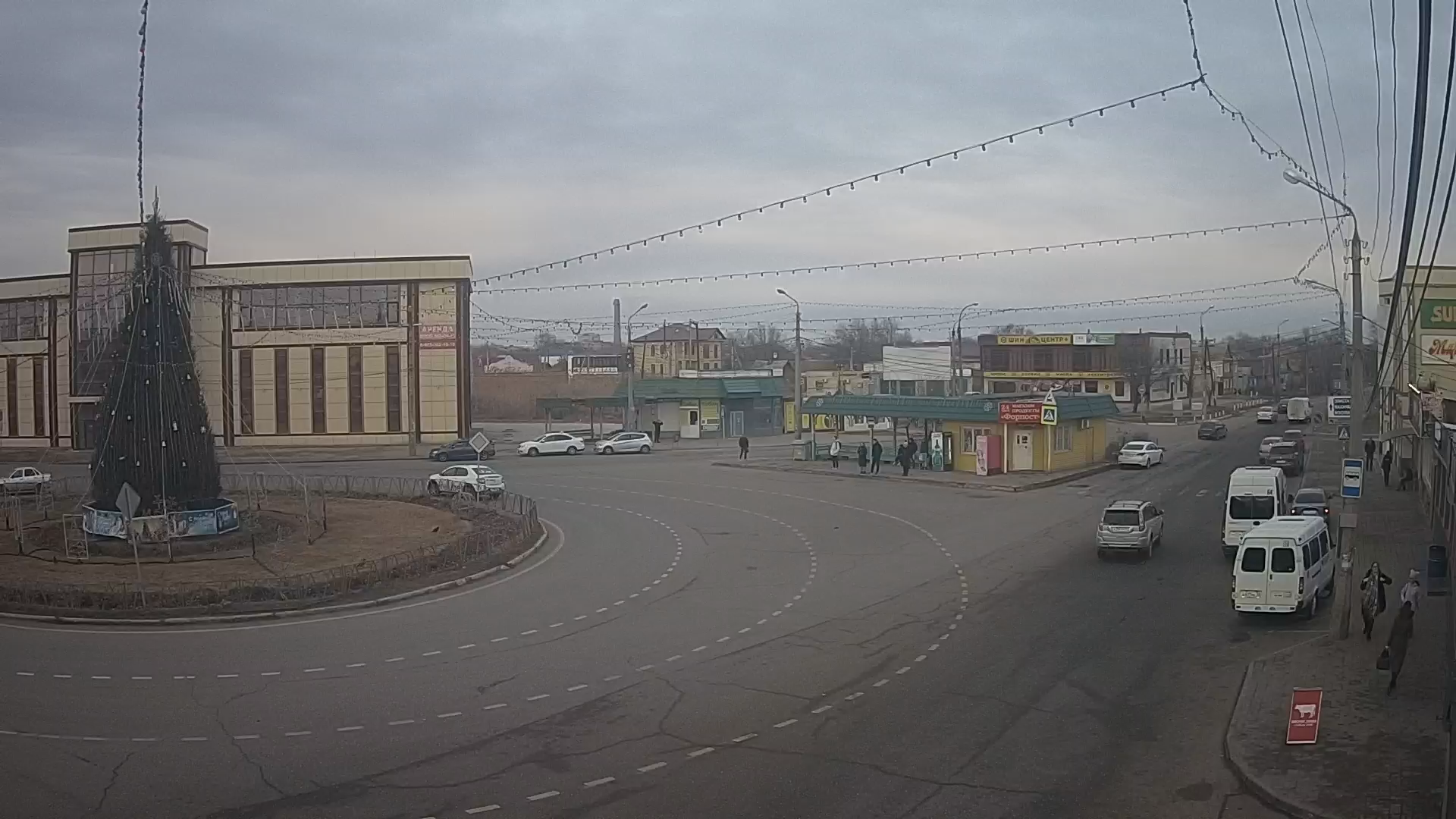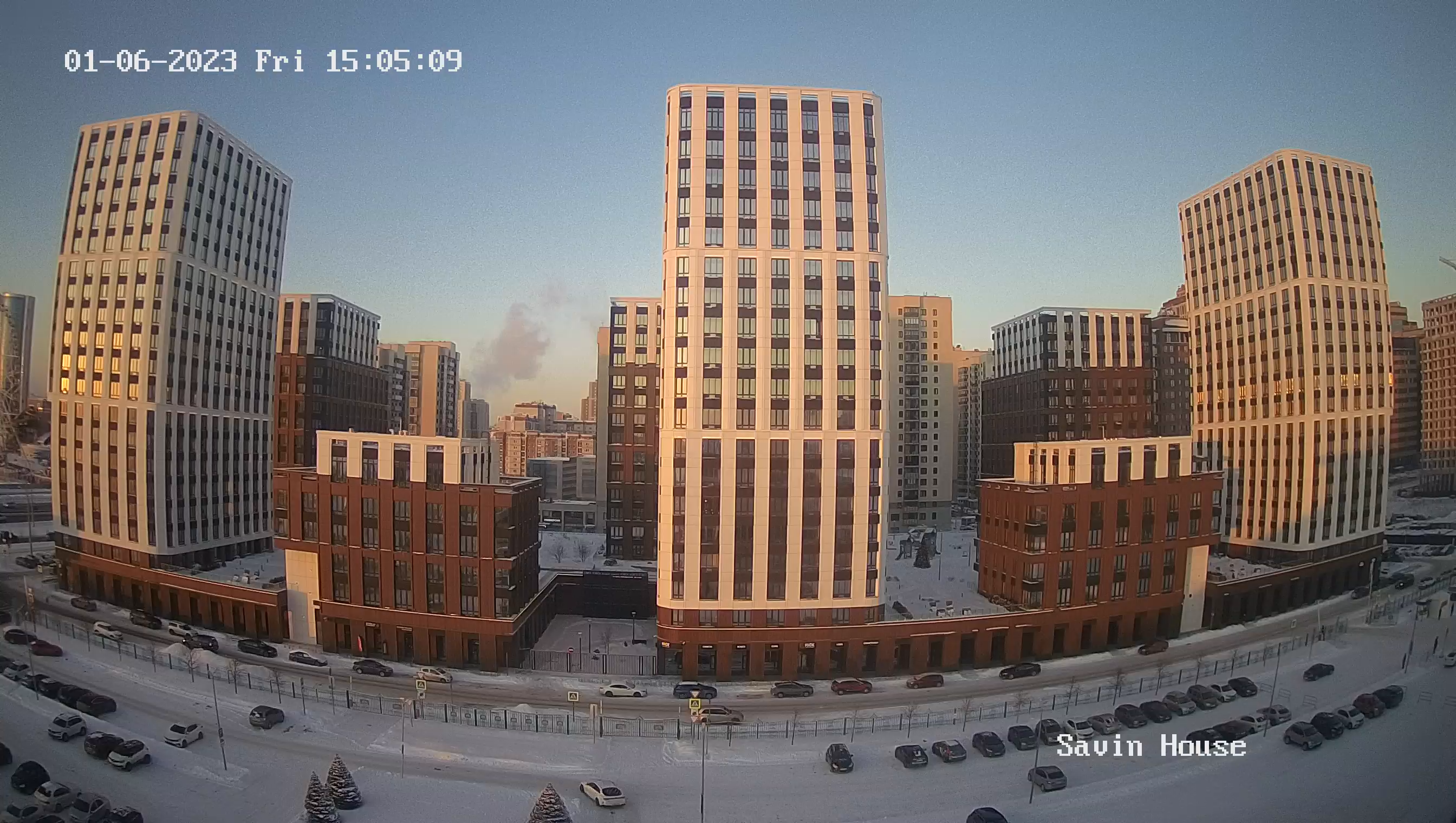Webcam Zenica. Panorama of the suburb
Zenica is the fourth largest city in Bosnia and Herzegovina, on the Bosna River. The city, located in a mountainous area, has a population of more than 115 thousand people.
The urban part of today's Zenica was formed during several periods. The oldest finds date back to the Neolithic period, but Illyrian ruins, the ruins of the Roman settlement Bistua Nova and an early Christian basilica from the 2nd - 4th century have also been found. Ruins of large ancient settlements were found near the southern suburbs of Zenica. The remains of houses, baths, pagan temples and other structures are well visible on the excavation site. Roman city Bistua Nova in different periods was called "Bilino Polje", "Brod" and modern name Zenica is registered in documents in March 1436.
During the medieval times, the city was an important center of government in the Kingdom of Bosnia. The stone fortress of Vranduk near the town served as the residence of the Bosnian kings and the Bosnian church leader. During the Ottoman rule of the region (1463-1878), there were changes in the main trade routes and the city remained out of business, except for a brief period before 1557, when Zenica was the residence of the Ottoman cadi (judges). According to historical documents, during the Great Turkish War in the 1680's dark times came for the city. Mass destruction led to the exodus of the population, but after 1697, the situation in Zenica has stabilized and people have returned to the city. In 1737, several mosques and madrasahs were built in the small town of Zenica with 2000 inhabitants and elementary school opened. In addition, gardens were laid out, hotels and inn for caravans were built.
During the Austro-Hungarian occupation of Bosnia and Herzegovina in the late 19th century, investments of great socio-economic importance came to the city. Foreign corporations in 1879 laid the railroad from Brod to Zenica, opened a coal mine (1880), a paper mill (1885) and a steel mill (1892). An Orthodox church, two Roman Catholic churches, a synagogue in 1903, several inns, a hotel, schools, a sewerage system, asphalted roads and much more were built. By the beginning of the 20th century the population had grown to 7,215 inhabitants.
During World War II, Zenica escaped serious damage and large-scale repression and loss of life. After liberation in 1945, the town experienced a boom of steel industry, the inner city was expanded to include surrounding villages, and dwellings for steel workers were built. By 1961, the population of Zenica was 30,000, and in 1981 it was over 63,000, the last census having a population of 96,027. During the Croatian-Bosnian war, Zenica was isolated from the rest of the world for a year and a half. A large number of civilians died from sniper fire, shootings, and starvation. The fourth largest city in Bosnia was without water and electricity. After the war, an influx of ethnic Bosnians - refugees from other parts of the country - poured into Zenica, and the Serbian population fled the settlement.
Zenica was an important economic and military center of the Bosnian Kingdom, as evidenced by the Vranduk fortress. Several landmarks have survived in the old city quarters, including the former synagogue (1906), which is now part of the city museum. There is also a mosque, an Austrian fountain and an old bey farmhouse that functions as a hotel.

